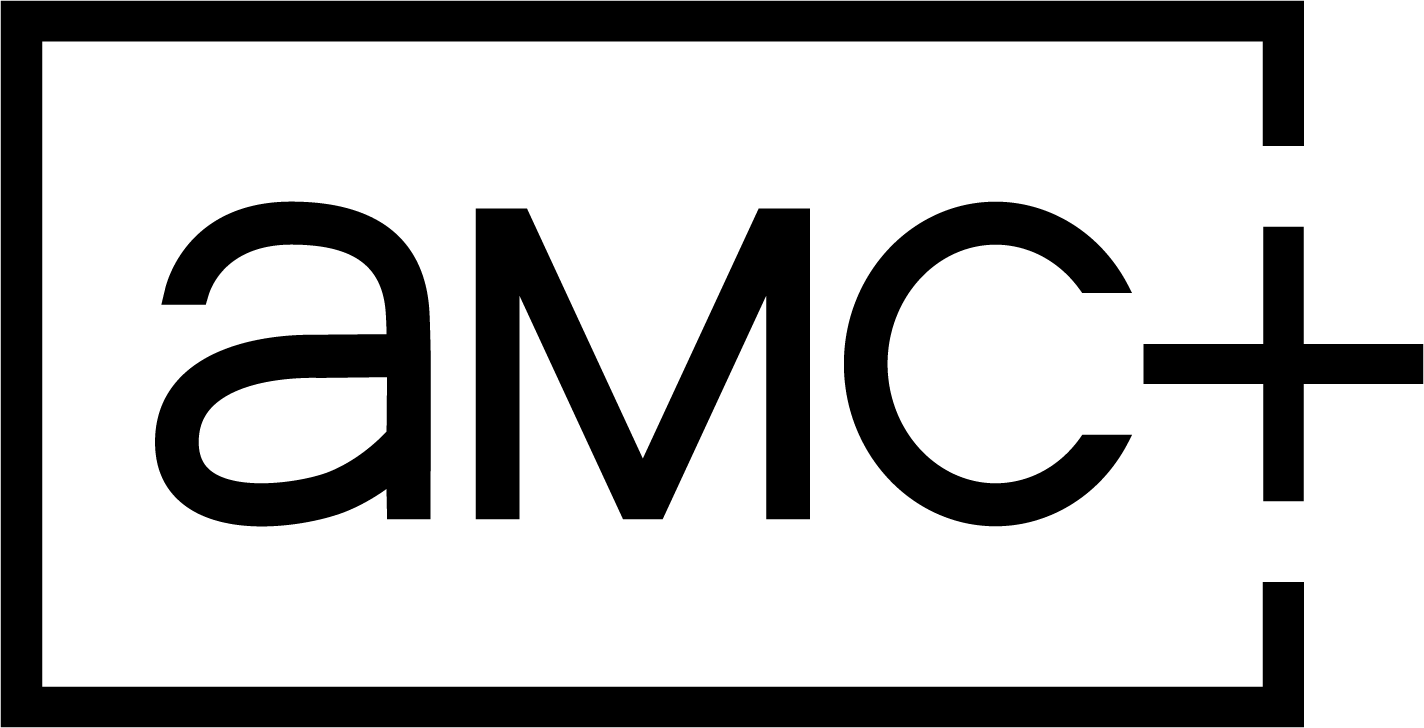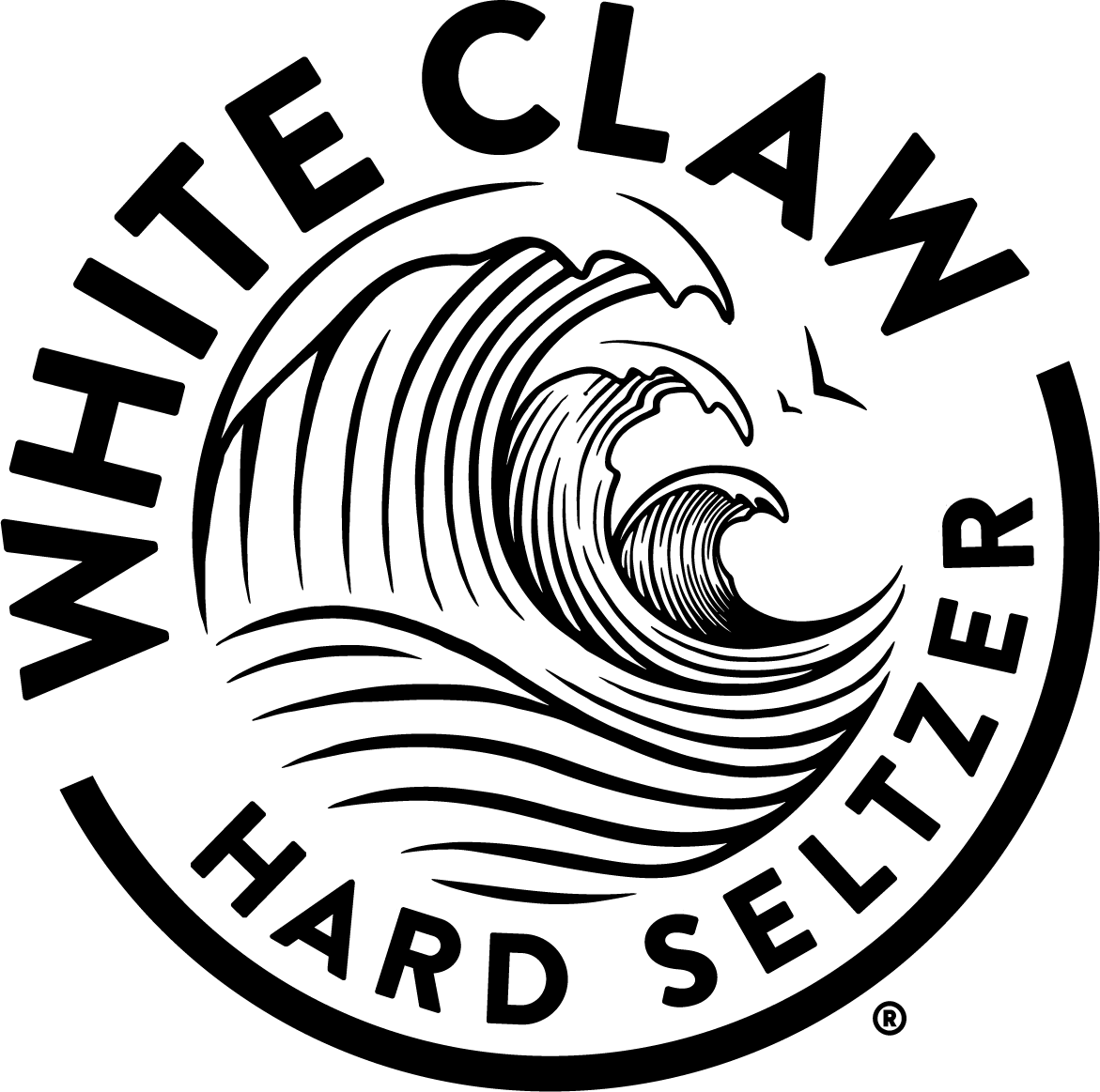By Bailey Pennick
One of the most exciting things about the Sundance Film Festival is having a front-row seat for the bright future of independent filmmaking. While we can learn a lot about the filmmakers from the 2024 Sundance Film Festival through the art that these storytellers share with us, there’s always more we can learn about them as people. This year, we decided to get to the bottom of those artistic wells with our ongoing series: Give Me the Backstory!
It’s common to ask filmmakers how they got into this all-encompassing line of work. However Nora Fingscheidt’s answer to that question isn’t. “This is a bit embarrassing, but when I saw Titanic as a kid, I got so upset that Jack had died. So I tried to find out whose choice this had been,” recalls the German writer-director. “I found out that there is a profession called ‘directing’ and I planned to become a director to do a remake of Titanic and have him survive.” And while we’re still waiting on Fingscheidt’s interpretation of the saga of Jack and Rose, her third feature The Outrun (debuting in the Premieres section of the 2024 Festival) is a different kind of story about love and survival.
Set against the stark and overwhelming backdrop of Scotland’s Orkney Islands, The Outrun follows Rona (Saoirse Ronan) on her sobriety journey. With peaks and valleys as craggy and untamed as her childhood home, Rona faces her past with drugs and alcohol, her tumultuous family history, and love lost all while working for an environmental conservation organization on the Islands. Based on Amy Liptrot’s memoir, The Outrun is a measured and intimate look at the complex realities of battling addiction and charting your future even if you can’t imagine it.
“People need hope and empathy. And to take a look outside their comfort zone,” says Fingscheidt when asked about why Rona’s story needs to be told now. “Always, but these days maybe even a bit more than usual.”
Below, learn about the challenges Fingscheidt faced while filming The Outrun, why rubber seals were not necessary, and what she would be doing if she wasn’t a filmmaker.

What was the biggest inspiration behind this film?
The combination of Amy’s amazing book and the incredible Saoirse Ronan! Both so unique and special, I just had to make this movie. It’s a story about healing in solitude at the end of the world. I do have a deep and year-long longing for exactly that.
Describe who you want The Outrun to reach.
Anybody who relates to addiction in any form, or to mental illness and healing, or to solitude and nature. Or anybody who lives with, knows, or loves somebody who struggles.
What was a big challenge you faced while making this film?
Directing this movie in different cities and on tiny islands while having my 8-month-old baby with me.
Your favorite part of making The Outrun?
Filming Saoirse swimming with the seals! We had, during prep, discussed CGI seals or rubber seals, but when she went in they just came for real to watch and swim with her.
Films are lasting artistic legacies; what do you want yours to say?
I hope they will speak for themselves. Will they say what I want them to? Who knows. I have found in the past that they somehow have a life of their own. They find their way — or not. And the audience finds things in the movies that I had never intended and that’s wonderful.
If you weren’t a filmmaker, what would you be doing?
Have many more kids.
Why is filmmaking important to you? Why is it important to the world?
Hmm. Tricky. It is important to me because it’s the only thing I can do, and I am so grateful that my childhood dream has become my profession — even though it is much harder work and less glamorous than envisioned. Is it important to the world? I hope so! I ask that question everyday, and sometimes I think it’s totally useless, but then I see a great film and am enchanted by it and my horizon widens. So in optimistic moments, I think film can bring people together, create empathy by sharing stories and feelings, because we all as humans have way more in common than we think.
What is something that all filmmakers should keep in mind in order to become better cinematic storytellers?
Listen to your team. (And challenge yourself all the time.)
Early bird or night owl?
Night owl by nature but forced into early bird since I am a mom.
What’s your favorite film that has come from the Sundance Institute or Festival?
Get Out, Beasts of the Southern Wild, and Four Weddings and a Funeral.
Tell us about your history with Sundance Institute.
This is my first Sundance experience and I am super excited about it!

































